The debate about cardio vs. weights goes on…
As if there aren’t enough mixed messages when it comes to the best way to lose weight, things can get even more confusing when you start to look at exercise.
There are many different forms of exercise and an endless array of possibilities when designing an effective weight loss training program.
Although many trainers still prescribe hours of cardio each week, other trainers eliminate it almost completely. So who is right?
When it comes to the struggle of losing weight, how do you know who to listen to?
In this article, we’ll examine the most current evidence as we consider which form of exercise is more effective for weight loss – cardiovascular training or weight training.
Cardio training, a pure form of calorie-burning exercise?
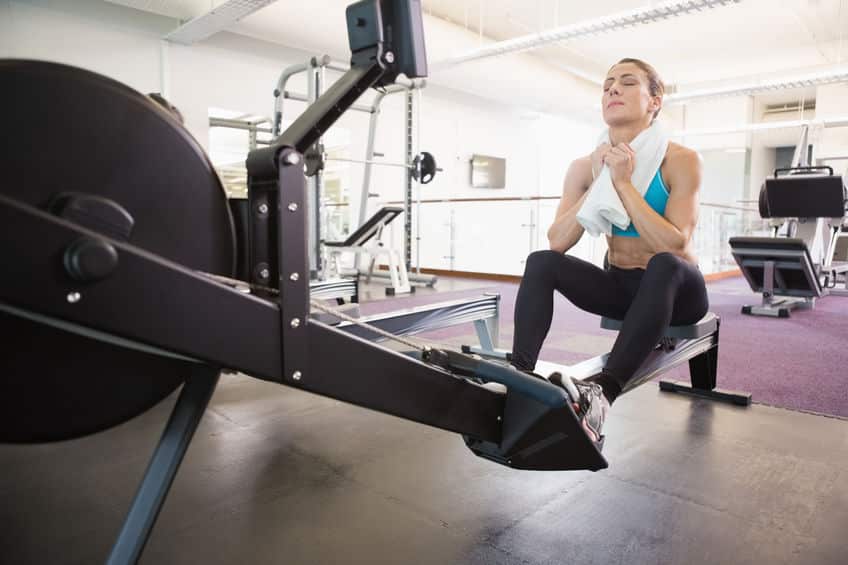
Before we look at how many calories are burned during a cardio workout, let’s define the specifics.
For this article, we will class “cardio workout” as moderate intensity, moderate duration workout.
The chosen exercise will be performed to maintain a steady, moderate heart rate for a medium length of time. In this case, our cardio workouts will be between 30 to 45 minutes in length.
Depending on the individual’s fitness level, this typically includes exercise forms such as speed walking, jogging, swimming, and cycling.
Exercises such as jumping rope are generally considered high intensity. And something like yoga does not usually produce a consistently elevated moderate-range heart rate to qualify.
Here are the facts: a 30-minute steady-state cardio workout done at a moderate intensity will burn roughly 200 to 300 calories.
The amount of calories used up will vary by the individual. Some factors that influence the amount of calories burned include:
- The weight of the person,
- The type of exercise,
- How much muscle the person has,
- Their age, and
- Their fitness level.
When doing the same activity for the same length of time, in general, we can assume that a younger person will burn more calories than an older person. Men will burn more calories than women.
Running at 8 miles an hour will burn more calories in 30 minutes than running at 7.8 miles an hour.
Someone who has more muscle than a person of the same weight will not only be smaller, but they’ll also burn more calories.
Muscles always have a higher caloric requirement to maintain.
Keep in mind that most of the calories you burn will not come from your fat reserves during moderate-intensity cardio.
Fat cells require high amounts of oxygen to burn. Leisure walking or sleeping, while consuming fewer calories in 30 minutes, will use a higher ratio of calories from fat.
Note that an average woman will burn 2000 calories a day without exercising. Our bodies require these small units of energy known as calories for things we take for granted, such as breathing, circulating oxygen and blood, muscle repair, and digestion.
When your cardio workout is over, your extra calorie burning is over. Cardio done at a medium intensity doesn’t have a lasting effect on a person’s metabolism.
If you are an average woman, your body will be using approximately 83 calories on average, just on normal bodily functions.
Many studies and experiments have gone into studying whether cardio is the best way to lose weight.
Simply put, yes, regular cardio workouts will produce weight loss.
Here’s the caveat: cardio training will produce weight loss as long as the calories burned in each session aren’t replaced by extra calories eaten.
Remember, the average moderate-intensity cardio workout will likely only burn as much as 300 calories.
On a side note, did we tell you that we use pre-workout before cardio training?
Weight training for fat loss

Once again, it’s essential to define what a regular weight lifting routine looks like.
For this article, let’s assume that our personnel will be lifting weights for 30 minutes, three times a week.
Studies have shown that weight training burns fewer calories than cardiovascular training does in the same 30-minute window.
Why is this? Much of weight training involves specific movements done for roughly ten repetitions, followed by a 1 to 2-minute break.
Depending on your weight lifting workout, you may find yourself resting more than lifting.
Compound weight lifting exercises such as squats or push-ups or deadlifts will work more muscles, thereby burning more calories.
However, when executing a balanced weight lifting program, a person can only do so many squats in a 30-minute window.
Most weight lifting programs also include isolated exercises such as calf raises or bicep curls, which burn fewer calories because smaller muscle groups are working.
In general, a 30-minute weight training session will burn 120 calories in a 30-minute session. Compare that to the 200-300 calories from a cardio workout.
It would seem that cardio is winning this “weight loss” competition.
Also, it’s normal for an individual who begins a regular weight lifting routine not to see the scale number drop. Their clothes might fit better, i.e., looser, but their weight may not change.
However, there’s no doubt that their body is changing. They may not feel it, but their body is burning fat, and they’re increasing their muscle mass at the same time.
This explains the no-weight-loss phenomenon experienced by people who begin to lift weights.
If you stick with weight lifting, your body will continue to lose fat while muscle building will taper off. At this point, the number on the scale will likely be dropping.
A frequent lifter can burn more than 120 calories in 30 minutes. They can increase their calorie burn by bumping up their workload, either by:
- increasing the weight they lift;
- decrease their rest periods;
- adding more sets and reps.
Either of these will increase the intensity of the workout, which creates a post-workout fat-burning effect known as EPOC effect.
We’ll discuss EPOC more under the next subheading, but for now, know that weight lifting at a higher workload will result in a higher “metabolism” (i.e., calories required by the body).
This metabolic boost can last up to 24 hours or more after a workout.
Plus, the more lean muscle your body has, the more calories it will use, even at rest. When it comes to weight loss, muscle is your calorie-burning friend.
Is weightlifting better than cardio when it comes to losing weight? That’s a complicated question to answer so stick with us.
Before we continue, have we told you that our team trialed and tested Instant Knockout fat burner supplement as a part of our fitness regime? Have a read our review as the result might surprise you!
What about HIIT, does it burn more calories?
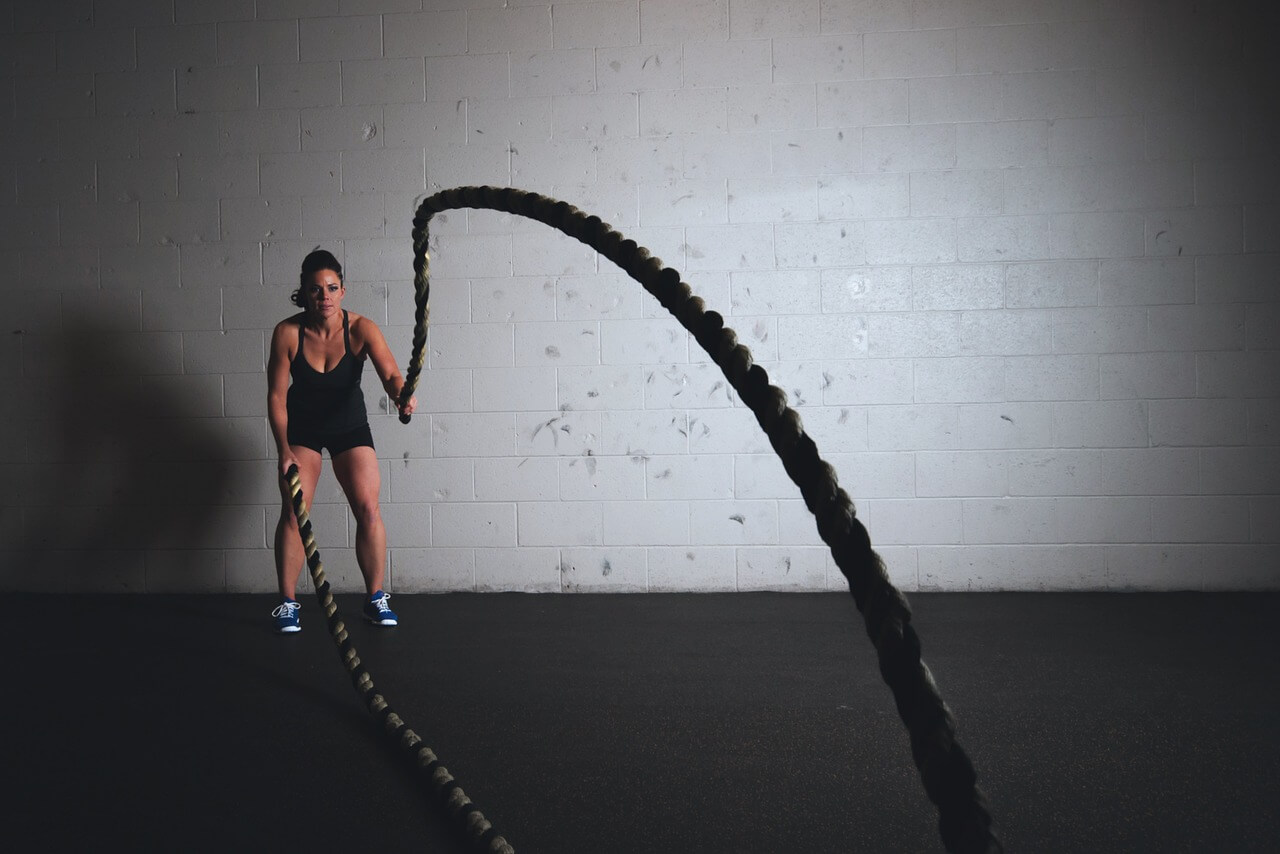
High-intensity interval training, HIIT for short, is a relatively new way to train. It became popular during the early 2010s and for a good reason.
It burns fat. And it gives you the same benefits – and possibly even better results – as a traditional cardio workout.
If you choose bodyweight resistance exercises, you can also build muscle doing HIIT!
As you might know, HIIT combines short bursts of high-intensity exercise with timed rest episodes. Both work and rest episodes are carefully timed, and they can be adjusted to fit the fitness level of the individual.
Beginners should start with very short work intervals and longer rest intervals.
You can do almost any exercise with this style of workout. However, these are the most popular:
- Sprinting;
- Stationary bike;
- Jump rope/skipping;
- Bodyweight exercises such as squats or push-ups;
- Calisthenic exercises such as jumping jacks or burpees.
Since you’ll be working at your peak intensity for short periods, this pushes both your muscular and cardiovascular systems to their uppermost limits.
Your body can adapt quickly to steady-state cardio, and there are limits when it comes to how much weight you can lift. However, there is no limit to how hard you can push your body when it comes to HIIT workouts.
You can always be doing more in each work period. One more burpee or ten more meters sprinted.
High-intensity exercises that leave you gasping for breath creates an oxygen deficit. This is a symptom of EPOC, excess post-exercise oxygen consumption, as mentioned earlier.
When you exercise at a high intensity, your body relies on stored energy from your liver muscles. The brief rest periods in HIIT offer some relief as your body tries to fill up your quick-use energy stores.
Eventually, your body taps out, and you can no longer exercise at the same intensity.
When exercise is complete, replenishing and repair begin immediately. Your body will be working overtime to create a homeostatic, happy place again.
This is where your extra fat or calorie burning takes place for up to 24 hours.
Think of your body’s metabolism as a maid who immediately begins to clean your hotel room after you check out. The maid works quickly to make it look like no one has ever been in that room.
Your body is the same way. It likes things to be the same, so it’s always trying to adjust.
So how many calories would a 30-minute session of HIIT require? Again, this varies based on many factors, with most studies show 350 calories or more.
Related: Top 10 Best Pre-workout Supplements for 2020
Does that mean I should combine both training regimes?
Absolutely!
For a beginner, this may seem overwhelming. There is no reason why a beginner should spend an hour in the gym six days a week. That’s too much.
A good trainer will have their beginner weight loss client start with a gentle cardio program in addition to teaching a few weight lifting exercises.
This can look like a half-hour of walking 3 to 4 times a week and a couple of essential weight lifting workouts 2 to 3 times a week.
As your body adjusts to the workload over time, it will be able to handle more intense cardio and heavier weights.
Eventually, you’ll be able to swap a couple of workouts for a HIIT session or two each week.
Because HIIT is intense, it should not be approached lightly. Although it is easy to adapt exercise intervals for all levels, beginners should use caution with high-intensity intervals.
When misused, HIIT can cause injury or create excessive muscle soreness.
If you’ve lived a sedentary lifestyle, see your doctor before starting any new exercise program.

Cardio vs. Weights debate: the bottom line
Thirty minutes of cardio burns 200 to 300 calories.
Thirty minutes of weight lifting burns 120 calories and up. It also creates changes in body composition as muscle mass increases, and fat is burned off. Weight loss is not always immediate.
Thirty minutes of HIIT can burn 350 calories and up, along with creating a temporarily high metabolism.
When it comes down to it, losing weight is about using up or burning more calories than your body takes in. Regardless of how much you exercise, there needs to be a caloric deficit.
From a pure numbers perspective, it’s easiest to do this with diet. Consider the 200 calories your body burns when doing a half-hour of cardio. You can “undo” this by eating only two cookies. Or 3 apples.
The best weight loss program will include a well-balanced eating plan and a smart exercise program with both cardio and weight lifting workouts.
HIIT is a great option to boost your weight loss. Add in an interval training workout 2 or 3 times a week once you’ve completed several weeks of consistent training.
If you enjoyed reading that, you might also like:
- Transparent Labs BULK Pre-workout: Supercharge Your Training!
- The 12 Best Fat-Burning Ingredients & Foods
- TestoFuel Review: The Ultimate T-Booster for Bodybuilders?





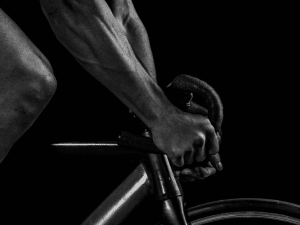

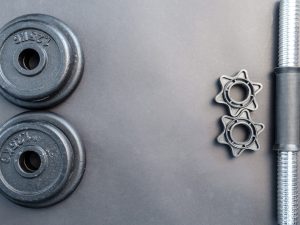
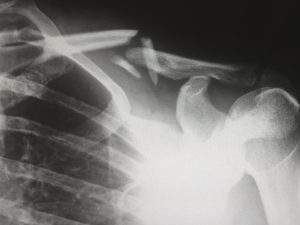
Add Comment